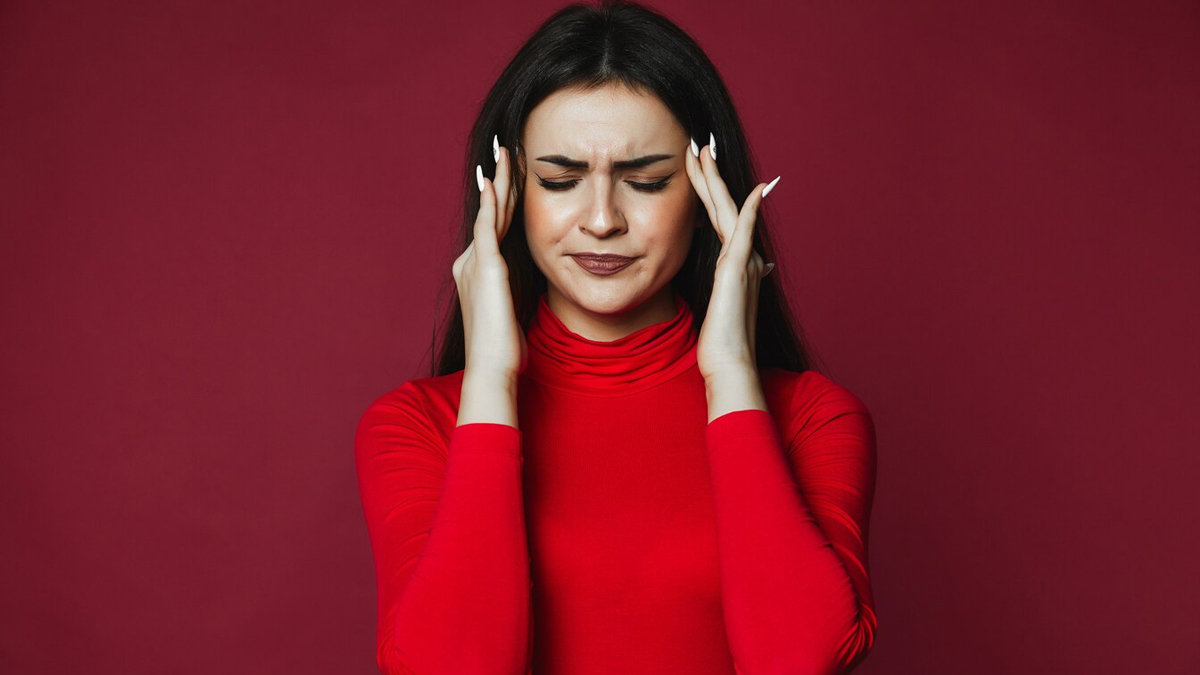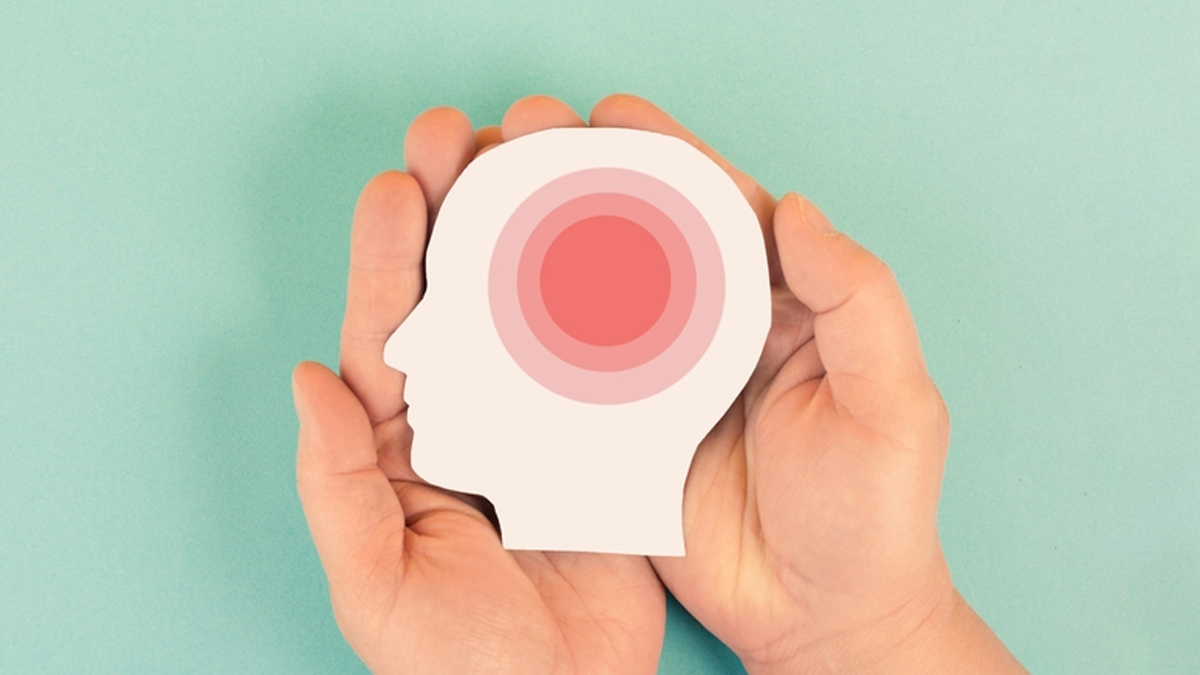
Have you ever noticed how migraines affect more than just your head? It can feel overwhelming, affecting your entire body. The pounding pain, sensitivity to light and sound, and nausea can turn even simple tasks into a struggle. But what exactly happens inside the brain during a migraine? Migraine is a complex neurological condition involving waves of brain activity, inflammation, and chemical changes.
Table of Content:-
To understand these processes, we spoke to Dr Shobha N, Consultant, Neurologist and Stroke Physician, Manipal Hospital, Malleshwaram, who shared insights on the same.

"Migraine is a common neurological disorder manifesting as a headache. However, it has a complex pathophysiology involving the central and peripheral nervous systems. It is a disorder of sensory processing by the brain with genetic and environmental influencing factors," said Dr Shobha.
According to Johns Hopkins Medicine, one theory regarding the pain experienced during migraines suggests that it arises from waves of activity among clusters of highly responsive brain cells. This activity leads to the release of chemicals like serotonin, which then constricts blood vessels. Serotonin plays a crucial role in the communication between nerve cells and can cause blood vessels throughout the body to narrow.
The Prodrome Phase: Early Warning Signs
During the prodrome, the hypothalamus is activated and various neuropeptides involved in homeostasis are involved. During this phase, people may experience:

- Irritability
- Mood swings
- Food cravings
- Stiff neck
- Sensitivity to sounds
Also Read: Can Migraine Lead To Aphasia? How Severe Headaches Affect Your Ability to Communicate
Cortical Spreading Depression (CSD) and Aura Symptom
The next stage involves CSD, where a wave of depolarisation spreads over the cortex. It propagates at a rate of 2-6mm/min, inhibiting cortical activity. CSD activates the trigeminovascular symptoms and gives rise to the aura symptoms.
Why Migraine Pain Covers the Entire Scalp

"The vasculature in the anterior part of the brain is innervated by the trigeminal nervous system and the posterior part by the upper dorsal cervical nerve roots. Hence, the migraine headaches span over the entire length of the scalp. The trigeminocervical vascular complex receives inputs from the peripheries and relays them to the cortex via the thalamus," explained Dr Shobha.
Role of Inflammation in Migraines
Once the trigeminal afferents become sensitised, the pannexin 1 mega channel in neurons opens, triggering the activation of Caspase 2. This leads to:
- The release of pro-inflammatory mediators
- Activation of Nuclear Factor Kappa-B (NF-kB)
- Spread of inflammation to the trigeminal nerve fibres and pial blood vessels
Also Read: What Does A Headache On The Right Side Of Your Head Mean?
Chemical Messengers Behind Migraine Pain

The activation of the central and peripheral trigeminovascular system is responsible for the pain and non-pain features of migraine. "Plasma Calcitonin Gene-Related Peptide (CGRP) is one of the main neuropeptides involved in migraine pathophysiology and the levels return to normal once the headache subsides. The other chemicals involved are substance P, Vasoactive Intestinal Peptide (VIP), Nitric Oxide (NO), Neurokinin A, etc. These chemicals contribute to vasodilation, worsening migraine symptoms," added Dr Shobha.
Postdrome Phase: The Aftermath of a Migraine Attack
The postdrome phase, sometimes referred to as the 'migraine hangover,' may result from continued activation of the brainstem. However, this is the least studied phase of migraines. Symptoms can include fatigue, brain fog, and lingering discomfort.
Advancements in Migraine Treatment
Dr Shobha concluded, "A deeper understanding of migraine mechanisms has led to the development of targeted therapies, Triptans, serotonin receptor agonists, ditans, gepants, CGRP receptor antagonists, and glurants. Funds for Research and Development (R&D) for migraine need to be earmarked as it is the sixth most common cause of temporary disability."
[Disclaimer: This article contains information provided by an expert and is for informational purposes only. Hence, we advise you to consult your professional if you are dealing with any health issue to avoid complications.]
Also watch this video
How we keep this article up to date:
We work with experts and keep a close eye on the latest in health and wellness. Whenever there is a new research or helpful information, we update our articles with accurate and useful advice.
Current Version